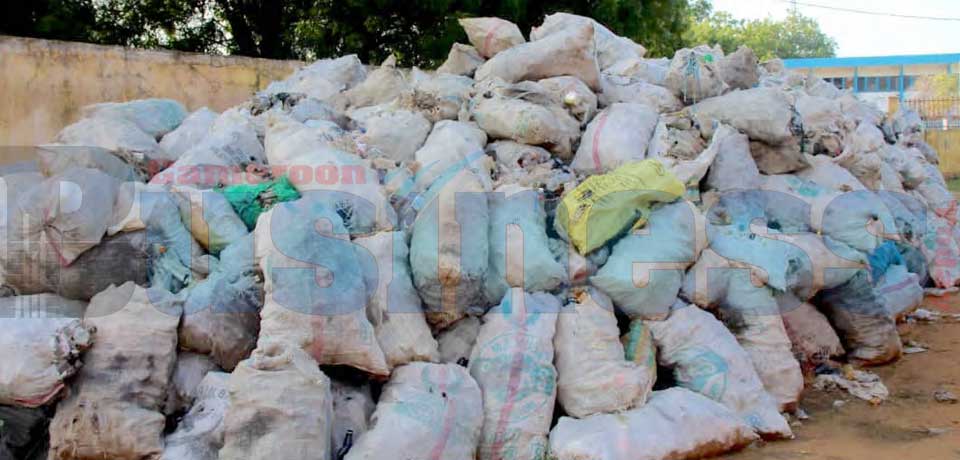The outbreak of the COVID-19 pandemic has exposed gaps in national health systems across Africa, overwhelming testing and treatment capacity. The pandemic only exacerbated the already precarious national health systems in the continent whose health challenges are a cause of significant hardship. According to African Development Bank statistics, with just 15 per cent of the global population, Africa accounts for 50 per cent of global deaths from communicable diseases. Poor health outcomes reflect a lack of access to quality health services: a third of Africans live more than two hours away from health services, and there are severe shortages in hospital beds, medical equipment, and drugs. The economic costs of health challenges are severe. It is estimated that Africa loses USD 2.4 trillion in annual output due to poor health. It is therefore against this backdrop that the Board of Directors of African Development Bank Group recently adopted a historic first ever Strategy for Quality Health Infrastructure in Africa 2022- 2030. The goal of the strategy is to secure increased access to quality health services for the people of Africa by 2030, so as to improve their quality of life and promote the achievement of Sustainable Development Goals number 3 (SDG3) and the African Union’s Agenda 2063 goal on health. “We must give hope to the poor and the vulnerable, by ensuring that every African, regardless of their income level, gets access to quality health care, as well as health insurance and social protection,” Bank President Dr. Akinwumi A. Adesina commented. The strategy is tightly focused on four categories of health infrastructure that match the Bank’s comparative advantage, while providing the flexibility to respond to the diverse needs of Regional Member Countries. The first pillar focuses on providing primary health care infrastructure for under-served populations, with supporting infrastructure investment to ensure that facilities are connected to water and sanitation, energy, transport and communications services. Secondly, secondary and tertiary healthcare facilities, involving developing new secondary and tertiary health care facilities, alongside specialist facilities for cancer, dialy...
- Fil Eco
- Enquête de la semaine
-
Marchés & FINANCES
-
Marchés
-
Finances
-
-
Cahiers de l'entreprise
-
Catégories
-
-
-
-
-
- Made in Cameroon
- Débats et analyses
- World Business
















Commentaires